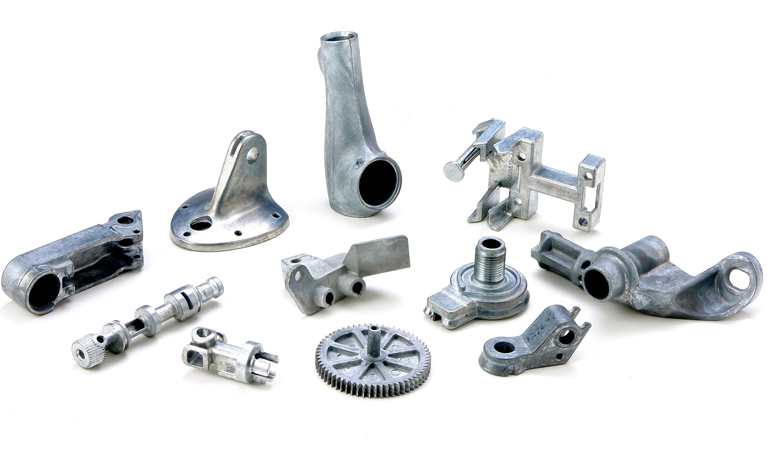Function & Influence Of Various Metal Elements In Zinc Alloy Die Casting
Zinc die casting is a process that is extremely popular for producing parts in the construction and industrial fields. Among the common structural metals, zinc has the highest specific gravity, making it one of the heaviest elements. It has a slightly lower density than iron and copper. Aluminum, copper, and magnesium are used as alloying elements in zinc die casting when zinc is used as a base metal. Further, impurities such as other elements present in the alloys are regarded as such and maximum limits are specified in the form of single numbers. In this guide, we discuss the function and influence of various metal elements in die cast zinc alloy.

Function & Influence Of Die Casting Zinc Alloy Elements
1. Aluminum (AL)
① Increase the fluidity of the alloy, refine the grain, and improve the strength and hardness.
② Reduce the reaction ability of zinc to iron and reduce the erosion of ferrous materials, such as gooseneck, mold and crucible.
The aluminum content shall be controlled at 3.8 ~ 4.3%. The required strength and fluidity are mainly considered. Good fluidity is the necessary condition to obtain a complete, accurate size and smooth surface casting.
The fluidity reaches the maximum when the aluminum content is 5%; Reduce to the minimum at 3%. The impact strength reaches the maximum at 3.5% aluminum content; Reduce to the minimum at 6%. When the aluminum content exceeds 4.3%, the alloy becomes brittle. The aluminum content is lower than the specified range, resulting in difficult mold filling of thin-walled parts and the possibility of cooling fracture after casting.
The adverse effect of aluminum in zinc alloy is to produce fe2al3 scum, resulting in the decrease of its content.
2. Copper (Cu)
① Increase the hardness and strength of the alloy;
② Improve the wear resistance of the alloy;
③ Reduce intergranular corrosion.
The general composition content is controlled at 0.75 ~ 1.25%, and when the copper content exceeds 1.25%, the size and mechanical strength of die castings will change due to aging; Reduce the extensibility of the alloy.
3. Magnesium (Mg)
① Reduce intergranular corrosion
② Refine the alloy structure to increase the strength of the alloy
③ Improve the wear resistance of the alloy
When the content of general components is controlled at 0.03 ~ 0.06%, and the content of magnesium is > 0.08%, thermal embrittlement, toughness and fluidity will be reduced; It is easy to oxidize and lose in the molten state of the alloy.
4. Impurity Elements: Lead (PB), Tin (SN), Cadmium (CD)
Harm: When the impurity elements lead, cadmium and tin in the alloy composition exceed the standard, the intergranular corrosion of zinc alloy becomes very sensitive, which accelerates its intergranular corrosion in warm and wet environment, resulting in aging and deformation of castings.
When the workpiece is just die cast, the surface quality may be normal, but after it is stored at room temperature for a period of time (eight weeks to several months), the surface appears bubbling, or the volume expands, the mechanical properties, especially the plasticity, decrease significantly, and even break after a long time.
5. Impurity Element: Iron (Fe)
Harm: Iron reacts with aluminum to form fe2al3 intermetallic compound, resulting in loss of aluminum (poor fluidity) and formation of scum; Hard spots are formed in die castings, which affect post-processing and polishing; Increase the brittleness of the alloy.

